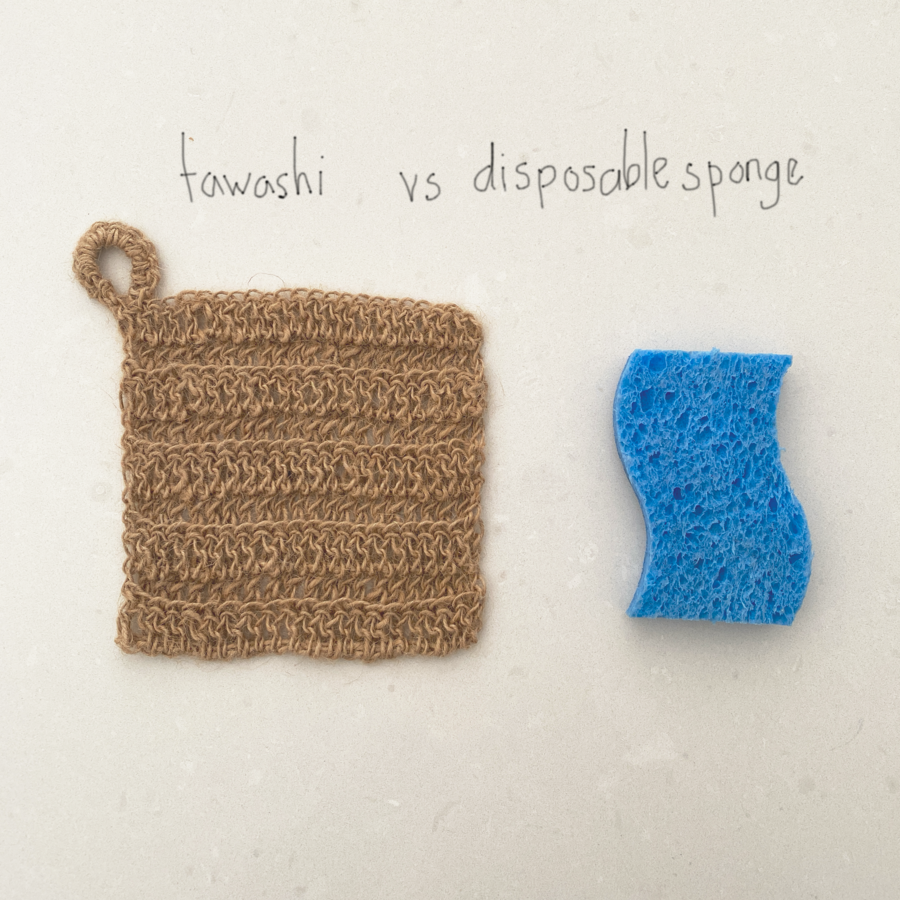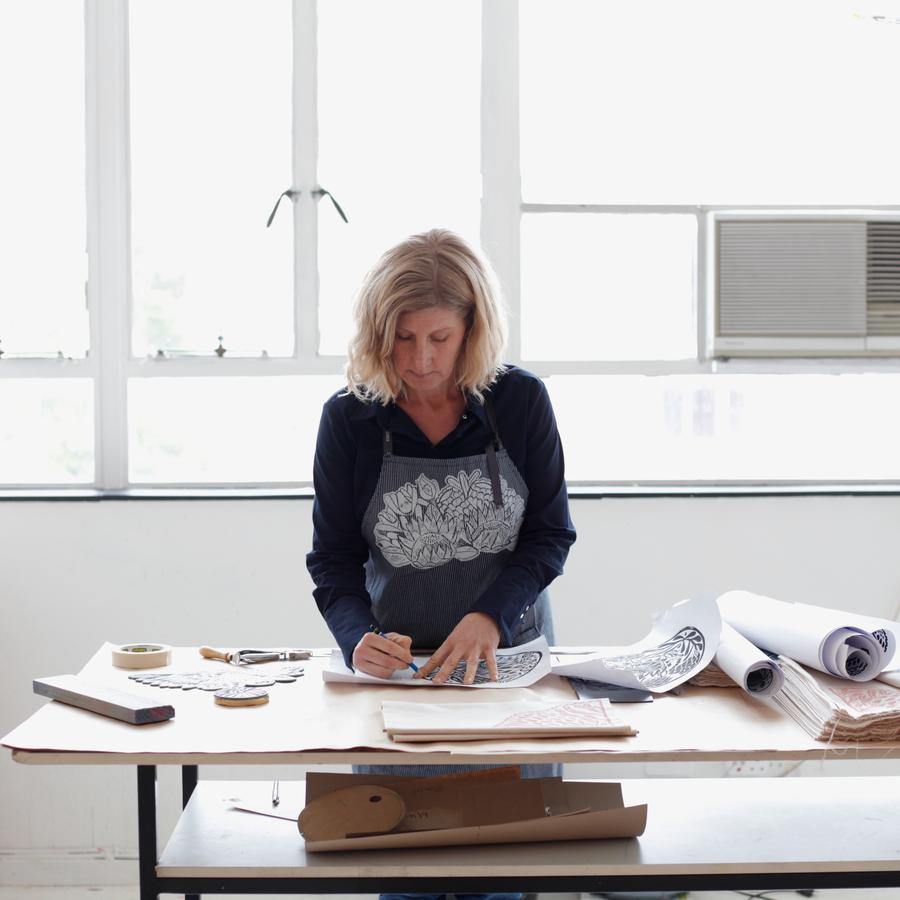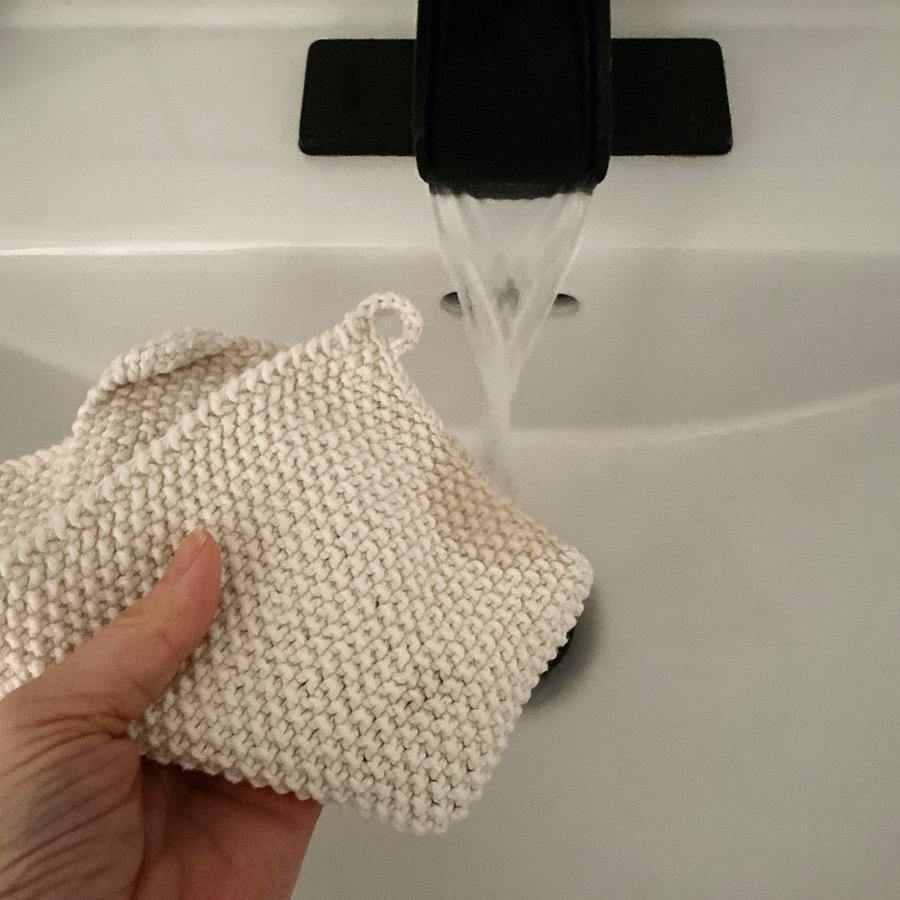
The Dirt on Disposable Kitchen Sponges

A recent article from online magazine TheKitchn.com recommends that you replace your synthetic sponge every week to avoid spreading harmful bacteria growing in the damp pores of the sponge all over your kitchen. Not all of us are so diligent, but for those who are, that is 48 disposable plastic sponges taking roughly 58 years each to decompose in landfill sites.
The over-arching problem with disposable products made from oil-based materials like plastic and polyfoam is that we don't use them long enough to warrant the resources used, environmental damage caused and the time it takes to decompose. How long should you use something made from non-renewable resources like petroleum, that is not recyclable and takes 58 years to decompose?
Synthetic sponge manufactures have tried to increase consumer confidence by making 'anti-bacterial' sponges. To do this toxic anti-fungal, anti-bacterial agents like triclosan are added. Triclosan does not biodegrade in our water systems and is known to be harmful to aquatic life. Studies are incomplete on the effects of triclosan on dish pan hands.
The Spaza Tawashi doesn't look like a sponge but it works exactly the same. The name tawashi comes from a Japanese style scrubbing brush. Originally hemp fibre, the term is used widely for brushes and scrubs of different materials. Our tawashi is made from the plant fibre; jute which is perfectly and naturally anti-bacterial, biodegradable, long lasting and slightly absorbant so it makes those satisfying soapy suds.
Jute is a plant that is widely grown in parts of South Asia where it enjoys a dry and humid climate. Cultivation of jute requires no pesticides, is good for soil health, non toxic when burnt, produces strong poles used for building or firewood in communities where it is grown. The farming and processing of jute creates small industries and employment in rural areas.
We have been making our Tawashi and using them in our kitchen for three years now. On the 15th of December 2020 we started a longevity test, posted on social media. At the time of writing this blog, 31st of January 2021, the tawashi under inspection is still going strong. With every member of the family mostly locked down at home for every meal and snack of the day - it is getting a lot of use!
Being naturally anti-bacterial, the tawashi refreshes fully in a shallow bath of kettle water, and vinegar or a run through the dishwasher every couple of days. We have treated it to a sprinkle of oxygen bleach with no harm done. The only real enemy of the tawashi is a sharp kitchen knife in the dishwasher.
Our Tawashi is hand-crocheted by women working from homes in and around Cape Town, South Africa. Many of our producers are caregivers to children or elderly and benefit from the self-sufficiency home-based income can provide.
There has been a lot written about disposable synthetic sponges and their eco-friendly alternatives lately. See the links below for further reading.
The Dirty Dozen: Triclosan- David Suzuki Foundation
The difference between cellulose and those other kitchen sponges-Treehugger
21 Little Ways to Have a Cleaner Kitchen-The Kitchn.com
Sponges Things to Avoid-The Kitchn
Nature.com; micobiome analysis and confocal microscopy of used kitchen sponges






